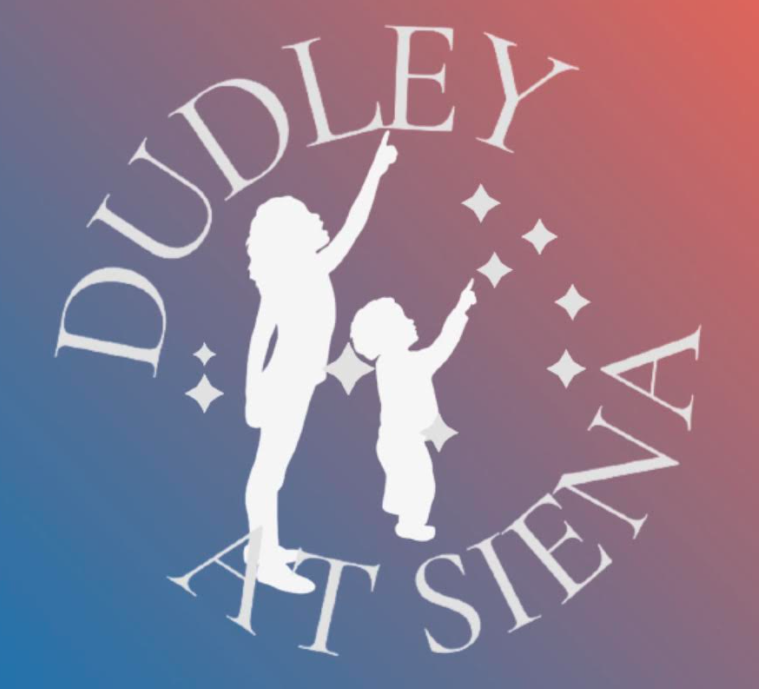Skywatch Line for Monday and Tuesday July 7th and 8th, written by Joe Slomka
This is the Skywatch Line for Monday and Tuesday July 7th and 8th, written by Joe Slomka.
The Sun sets at 8:36 PM; night falls at 10:48. Dawn breaks at 3:13 AM and ends with sunrise at 5:26.
Monday’s Moon appears in Scorpius; by 9PM, sets at 2:11 AM, 15° high in the southeast, appears 92% illuminated, 30 arc-minutes in size and rises at 6:25 PM. Tuesday finds the Moon shifted to Ophiuchus, sets at 2:52 AM, rises at 7:25 PM, 10° high in the southeast, also in the southeast, 96% lit and sets at 3:42 AM, Wednesday.
Evening features only two planets and one Minor Planet. Western Mercury, only 25° from the Sun, rises at 8:40 AM, highest at 3:45 PM, 0 magnitude, 8 arc-seconds, 35% lit, 19° high and sets at 10:49 PM. Red Planet Mars continues dwindling, rises at 11:14 AM, highest at 11:44 AM, 1st magnitude, 4 arc-seconds, 35° high in the Southwest, 93% lit and sets at 12:14 AM.
Minor Planet 4Vesta rises at 3:46 PM, highest at 9:18 PM, 7th magnitude, 95% lit and sets at 2:55 AM.
Venus shares Eastern Taurus with Uranus. Venus, brightest, rises at 3:47 AM, blazes with minus 4th magnitude, 17 arc-seconds, highest at l0:58 AM, 67% lit, but only 2° high and sets at 6:09 PM. Uranus lies 2° from Venus, rises at 3:25 AM, highest at 10:42 AM, glows with 5th magnitude, 3 arc-seconds, 6° high and sets at 6 PM.
Southern Pisces houses Saturn and Neptune. Saturn rises at 1:09 AM, highest at 7:02 AM; 1st magnitude, 18 arc-seconds, 30° high, and sets at 12:56. Neptune lies 10° from Saturn, rises at 12:57 AM, highest at 6:58 AM, 8th magnitude, 2 arc-seconds, 31° high and sets at 12:59.
Jupiter remains hidden by the Sun’s glare.
As appropriate for the upcoming racing season, two horses appear by midnight. The largest horse is, of course, Pegasus. The smallest is Equuleus. This dim constellation is easy to find. Pegasus flies upside down and is easily identified as a Great Square. Two thin chains sweep northward from the upper left. If one follows the chain, binoculars reveal a large hazy oval which is revealed, in telescopes, to be the Andromeda Galaxy – about two and a half million light years distant. You can see it with the naked eye under rural skies. Pegasus’ neck flows from the lower right corner and angles up. Equuleus is the small angular line of stars west of Pegasus’ nose. A globular star cluster, M15, lies exactly halfway between Pegasus’ nose and Equuleus. This too is easily seen in binoculars.
Clear Skies Joe Slomka
